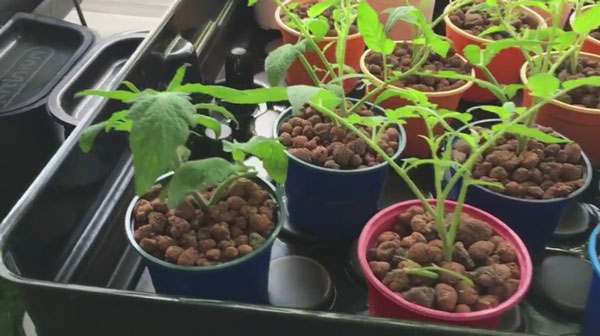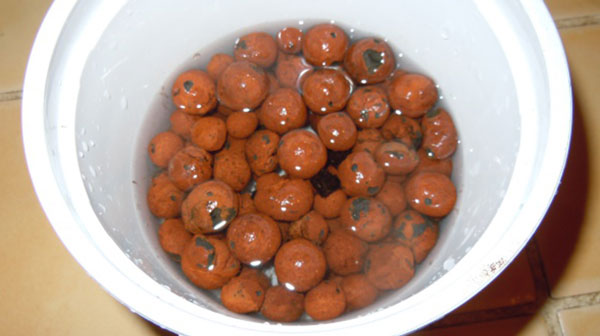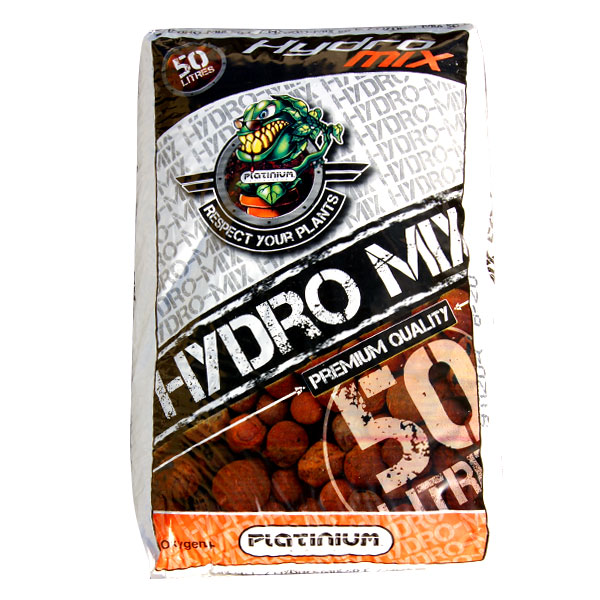What ishydroponics?
Do you know hydroponics?
Discover everything about hydroponics and hydroponic techniques in a few tips at Culture Indoor.
Growing plants in hydroponics consists of several steps, understand hydroponics simply.
Is hydroponics hydroponics ? yes
Is hydroponics hydroponics ? yes
How to water and care for a hydroponic plant?
To cultivate plants without ground, only in water, it is possible thanks to the hydroculture, the hydroponie, the hydroculture and its mode of culture avoids the dirty manipulations for your environment house, living room or other.
Culture Indoor explains you how to cultivate plants in hydroculture and it is simple: the plants which accept this type of culture, the hydroculture requires the necessary material for the hydroponic culture.
The hydroculture, still called hydroponics, is a process that allows to grow plants without soil and therefore out of soil, directly in water coupled with a nutrient solution gorged with oxygen allowing a better absorption of nutrients by the roots. The hydroculture allows plants to grow faster, vigorously and increase the speed of growth by 20 to 30% compared to the culture in soil, which also limits the risk of diseases, pathogens or insect attacks less present in the hydroculture The roots are in the dark, and it requires less water since the earth generally absorbs part of this water.
The advantages of hydroponics are particularly appreciable in apartments and appreciated by indoor growers or closet growers:
- No messy handling of soil or potting soil except for hydroculture on coconut fiber associating a concept of organo-mineral hydroculture allowing to obtain delightful production results with innovative tastes.
- Only one watering per month on average for the classic apartment plants but daily watering for intensive cultures or cultures in cupboard, a culture under lamp makes transpire the plant and thus asks him for resources in fertilizer and water in order to compensate its possible lacks in precise moments under the sun of the artificial lights of type hPS sodium lampbulbs CFL led horticulturallampsor T5 typeor turbo neon.
- Always less risk of diseases, no moldy soil and no proliferation of pathogens or bacteria harmful to your indoor crops.
The majority of houseplants can be grown in hydroculture. The following list includes the most common, but far from being complete because you can grow hundreds of varieties as for example below:
- Growing tomatoes in hydroculture
- Hydroponiccherry tomatoes
- Strawberry climbing in hydroponics
- Raspberries in hydroponics
- Canna in hydroculture
- Orchid in hydroculture
- Aromatic herbs in hydroculture
- Peppers in hydroponics
- Eggplants in hydroponics
- Lemon tree in hydroponics
- Apple tree in hydroponics
- Pear trees in hydroponics
- Flowers in hydroculture
- Grow roses in hydroculture
The list of plants that have the ability to adapt to hydroponics are numerous.

In photo, Ebb&Flow hydroponic system Platinium Hydroponics
Flowers, roses, all vegetables, know that 90% of the fruits and vegetables that you buy and eat comes from industrial hydroponics, because hydroponics is the most developed means of production that allows to increase up to 200% the production of plants grown in the ground according to the varieties and especially allows to grow healthily without pesticides and without insecticide treatments. Since years the evolutions do not stop and it is now possible to cultivate in hydroculture with biological fertilizers from where the concept of culture of the biopony.
Example take Biosevia grow, Biosevia bloom and Trichodermathe ideal is to use a biofilter to increase the rate of beneficial bacteria throughout the culture serving as a culture regulator and allowing the organic nitrogen to be assimilated in part whereas normally the organic nitrogen is not directly assimilated but the beneficial fungi do the work and allow you to grow organically in hydroculture.
Find the material necessary to the hydroculture at culture indoor your growshop for the hydro and the culture
Hydroponics does not require soil, but does require clay balls, cubes or blocks of horticultural rockwool such as grodan or cutilene this small adapted material is available in our different departments forhydroculture, at a low price, and can be found in good urban garden centers such as Culture Indoor and its network of 130 stores throughout Europe, France and Dom Tom.
A hydroculture basket or called hydroponic basket: it is a basket with holes at the bottom and all around so that water can circulate in closed circuit or open circuit.
A closed circuithydroponic system is a recirculating hydroponic system where the nutrient solution circulates from the reservoir to the plants directly in a loop, unlike an open circuit hydroponic system which will only send the nutrient solution without recovering it, therefore more economical since only what is necessary for the plant is given.
How to install a plant in hydroculture?
The ideal is to choose a plant in perfect health, and preferably of small size not more than 50 cm if not its adaptation will be difficult and perilous.
To get all the chances on your side, make the transfer of mode of culture in spring for the cultures in outside and when you want for the hydroculture in inside it will be necessary to readapt the new root system which will develop better after one week of readaptation, the best is to leave cuttings made in aeroponics allowing to adapt the young plants with a catch of the roots almost immediate.
Prepare the roots of your plants with care:
First remove the plant from its pot and soak it in a sink filled with water and gently scrape away as much soil as possible from around the roots to avoid transferring bacteria from the soil pot to the hydroponics, otherwise you may have to change the nutrient solution several times in the first few days to completely evacuate the remaining soil. Finish by evacuating the soil and rinsing the roots thoroughly under tap water directly with tempered water. It is essential that there is no trace of soil on the roots of the plant before implantation in the hydroponictank.
You can with scissors or a scalpel, slightly cut the roots to remove the end and equalize the whole, knowing that you can add to the nutritive solution, a root stimulator allowing an immediate and fulgurating development of the root zone. Try Rhizoponics, the most concentrated and powerful stimulator, 100% organic and usable in hydroponics, while being a stimulator approved by the Ministry of Agriculture.
Install the plant in its hydroponic basket or growing pot filled with clay balls associated with a irrigation which will circulate the nutrient solution full of oxygen through the various pots or hydroponic baskets dedicated to hydroponics.
Soak the clay balls for 24 hours in water to buffer them to the pH of your culture in order to regulate the nutritive solution from the start and implantations of the plants in hydroponics but also to rinse the dust often released by the expanded clay balls as well as to obtain a better stability of the pH in your hydroponic culture systems.

Place the clay balls at the bottom of the basket or the hydroponicpots.
Hold the plant on this layer and gradually pour the clay balls up to its trunk, so as to keep the plant in its pot.
Shake lightly so that the clay balls are well distributed around the roots and that they settle to stabilize the plant.
Complete the installation of your hydroponicplant.
Place the inner basket containing the plant into the hydroponic pot.
Bringfertilizer. Nutrient solution: tap water at room temperature withspecific liquid fertilizer for hydroponics.
Add special hydroponic fertilizer to the water only when the new root system is formed, i.e. a few weeks after the new plant has been planted.
Respect the indicated doses in relation to the volume of water used.
Respect a rigorous hygiene and always keep your systems and pots clean.
Discover the brands dedicated to hydroculture
Like Platinium Nutrients, Canna Plagron, GHE, hydropassion, Aptus, Vaalserberg garden, Atami, 12345 hydroponics, 420 hydroponics etc..
Discover platinium hydroponics and all its systems for hydroculture, GHE and their complete range of products for hydroponics, Nutricultureiws, alien hydroponicshydrosystem, Autopot etc..
It is a question of taking a plant which was previously cultivated in the ground and to make it pass in hydroculture: it is a little delicate but feasible by following all the stages well.
In photo, clay balls Platinium recommended for hydroponics
Would you like to switch to hydroponics? Become a hydrocultivator by visiting Culture Indoor your growshop since 2002 the partner for your plants in hydroculture.
Hydro and Culture = hydroculture=hydroponics=soilless culture
hydroculture in brest, hydroculture in quimper, hydroculture in lanester, hydroculture growshop, hydroculture cheap, hydroculture brittany, hydroculture HPS brittany, the bretons in hydroculture
Find all our tips for your indoor growing :
- Indoor growing tips : Light
- Indoor growing tips : Air
- Indoor growing tips : Substrate
- Advice for indoor growing : Water and fertilizers
- Growing tips for indoor plants : Germination and Cutting
- Growing tips for indoor plants : Growth
- Growing tips for indoor plants : Flowering
- Growing tips for indoor plants : The growing room
- Tips for indoor growing : Systems
- Growing tips for indoor plants : Water control
- Growing tips for indoor plants : Aquaponics
- Growing tips for indoor plants : Accessories
